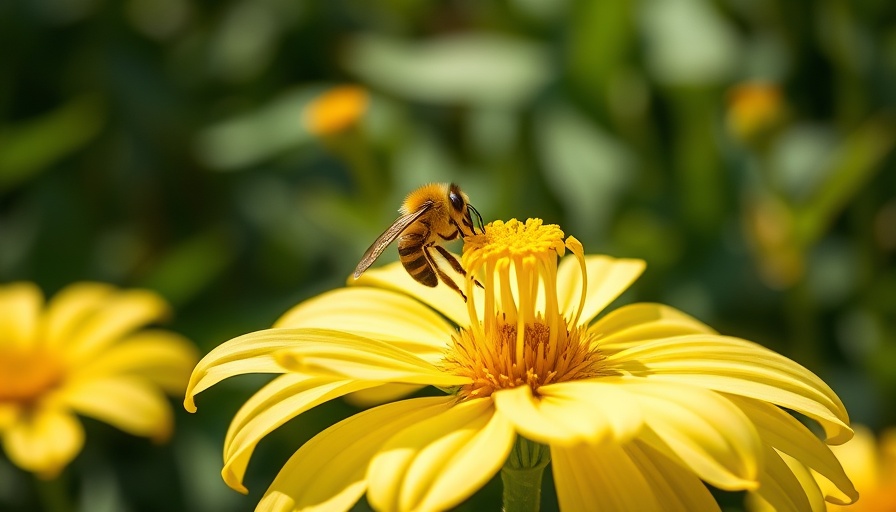
Discovering the Power of Silphiums for Home Gardening
Silphiums are more than just a group of towering native plants; they’re a game-changer for home gardening enthusiasts looking to incorporate sustainable landscaping into their yards. These giants, often reaching heights of up to ten feet, are not only visually stunning, but they also serve multiple purposes. From providing shade for smaller plants to attracting pollinators, silphiums are an essential addition to any garden focused on biodiversity and resilience.
The Unique Appeal of Native Plants
Growing native plants like silphiums supports local ecosystems, promoting a healthy environment. Unlike many ornamental varieties, these plants are well-adapted to the local soil and climate, making them lower maintenance and more resilient against pests and diseases. Gardeners can take pride in knowing they are fostering local biodiversity while enjoying the aesthetic beauty that these robust plants provide.
Practical Gardening Tips for Cultivating Silphiums
Incorporating silphiums into your garden isn’t as daunting as it may seem. Here are some practical tips to help you along the way:
- Soil Requirements: Silphiums thrive in well-drained soils rich in organic matter. For best results, consider amending your native soil with compost to enrich its nutrient content.
- Sunlight Needs: These plants prefer full sun, needing at least six hours of direct sunlight to grow robustly. Planning their placement in your garden layout is crucial for maximizing their growth.
- Watering Practices: While established silphiums are relatively drought-tolerant, they will require regular watering during dry spells, particularly in their first year of growth. A simple drip irrigation system can work wonders.
Inspiration from Nature: Parallel Examples of Resilient Gardening
Just as silphiums exemplify resilience in the garden, other native plants also contribute to creating sustainable, self-sufficient ecosystems. For instance, echinacea and rudbeckia, like silphiums, attract beneficial wildlife and can coexist beautifully within your design. Exploring these plants can inspire a deeper appreciation of the interconnectedness of nature and garden cultivation.
Future Trends in Sustainable Gardening
As shifting climates spur changes in gardening practices, adapting to include more hardy, native species will become increasingly relevant. Silphiums serve as a great model for how to approach future gardening trends that emphasize sustainability, resilience, and native biodiversity.
Making Informed Decisions for Your Garden
Considering the advantages of silphiums in home gardening can lead to significant benefits. They offer a low-maintenance option that enhances garden aesthetics while providing critical support to local wildlife. Additionally, they promote sustainable practices, further enriching the gardening experience.
Common Misconceptions About Gardening with Native Plants
While many gardeners may shy away from native plants, fearing they might be too wild or unruly, silphiums prove that this isn’t the case. With their imposing, yet graceful appearance, they can be both functional and attractive. Addressing these misconceptions encourages more gardeners to embrace native plants as essential components of their gardening practices.
Final Thoughts on Cultivating Silphiums in Your Garden
The journey to cultivating silphiums is as rewarding as it is enlightening. By fostering native plants, not only do you contribute to the local ecosystem, but you also pave the way for a sustainable future in home gardening.
Are you ready to transform your garden into a haven for native plants? Dive into the world of silphiums and see how this remarkable plant can enhance both beauty and biodiversity in your yard.
 Add Row
Add Row  Add
Add 




 Add Row
Add Row  Add
Add 

Write A Comment